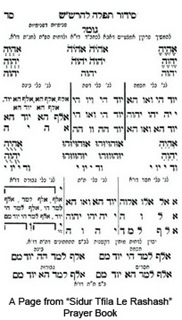The Spiritual Induction

In the book Beit Shaar HaKavanot (The Gatehouse of Intentions), Baal HaSulam explains that the intention depends on the desires that lack the screen (Kelim de Igulim). In other words, the intention depends on the extent of our understanding that we are under the power of these desires, as well as our wanting to turn them into desires with a screen (Kelim de Yosher).
A screen, which is the anti-egoistic force, will only appear if I myself want to build it. This means I must figure out the “head” and “feet” in my desires, which are things that are more and less important to me. When I want to work with the screen in a “straight line,” I begin to clash with the desires De Igulim. Tension arises between us because I want to set a new scale of values according to Yosher, the anti-egoistic screen, and not according to Igulim. And then Igulim begin to influence and push me in such a way that they ultimately help me arrive at the place where I need to be.
If we want to advance, then a screen is needed. And on the contrary, if we want to acquire a screen, then advancement is through the desires De Igulim that operate without a screen. Subsequently, this is like adding one’s “line” to the field of Kelim de Igulim. It is like a straight piece of a wire moving into a magnetic field, where electricity (Light), begins to flow down this line according to the laws of “spiritual induction.”
By wanting all of our desires oriented in one direction (towards the Creator), we build a “line” (desire with a screen) within the Igulim. This is called an intention or a prayer. Baal HaSulam wrote Beit Shaar HaKavanot as the introduction to a Kabbalistic prayer book that he wanted to write.
A page from the Rashash’s (Rabbi Shalom Sharabi) Prayer Book:








Discussion | Share Feedback | Ask a question